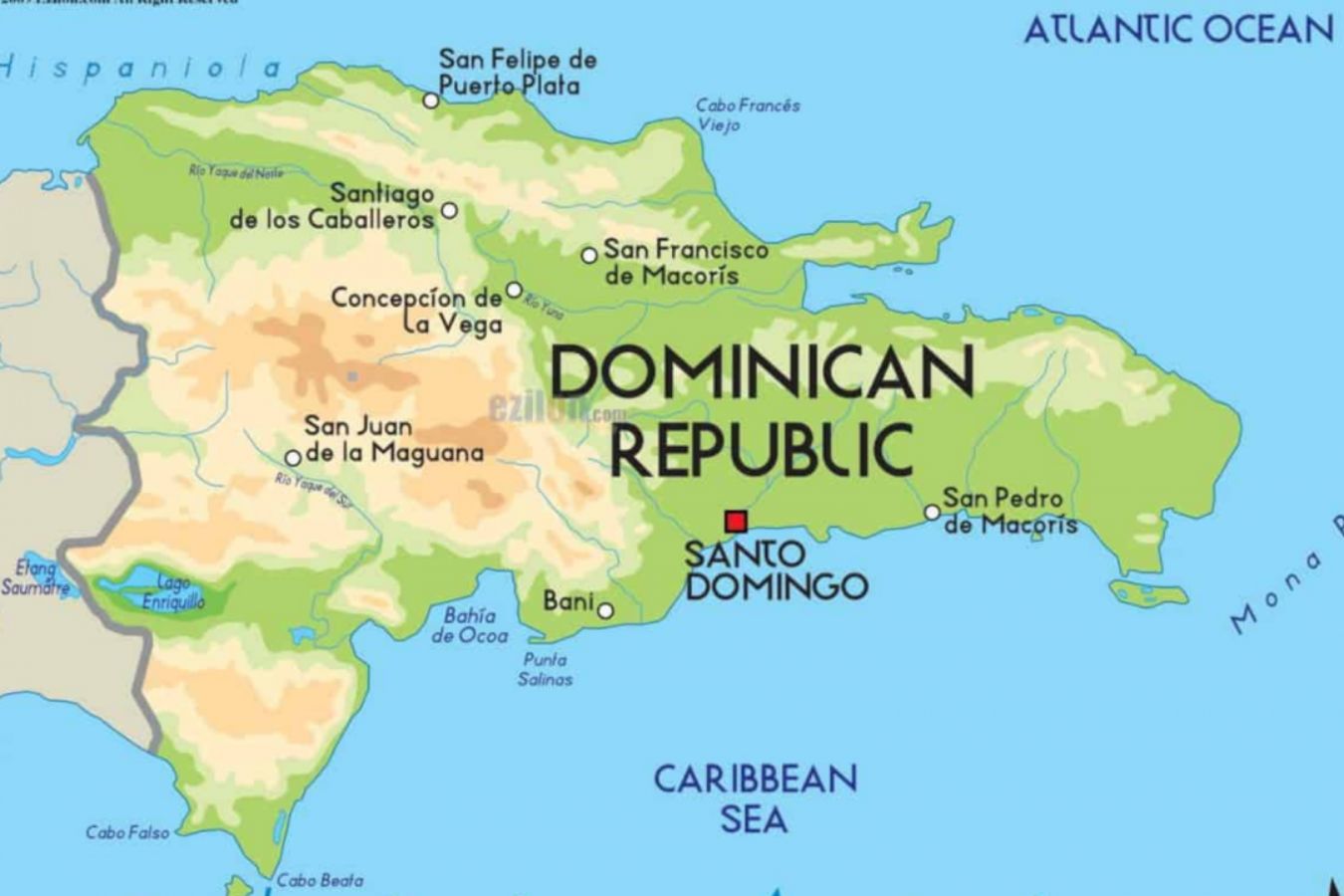
Coffee Origins : Dominican Republic – In 1735, coffee was introduced to the Spanish-controlled region of Hispaniola, which is today the Dominican Republic. The first plants were most likely on a hill near Neyba, Bahoruco Panzo. Coffee had overtaken sugar as the second most important crop by the end of the 18th century, albeit both relied heavily on slaves until the revolution of 1791.
Between 1822 and 1844, coffee production truly took off, especially in the Valdesia region in the southern mountains. By 1880, this region, which encompasses various coffee-growing zones, had become the country’s principal production area.
By 1956 the country had started to export coffees from specific regions, predominantly Bani, Ocoa and Valdesia. In the 1960s the
farmers in these regions became more organized, and a mill was opened in 1967 with 155 members.
The turbulence and unpredictability of prices at the end of the twentieth century, as in many other coffee-producing countries, has resulted in a reduced reliance on coffee as an export product. Many coffee growers have diversified into beans or avocados, while many have kept a modest supply of coffee in case of prices recover.
Although Valdesia is not one of the main government-designated growing regions, they have sought to protect its origin name with the launch, in 2010, of the Café de Valdesia brand.
Export vs domestic consumption
Surprisingly, it appears that the amount of coffee consumed has decreased since the late 1970s. The Dominican Republic’s output hasn’t changed much, but exports have dropped by a significant amount.
Currently, just around 20% of coffee is grown in the United States. The product is then sold for export. This is due to the fact that domestic coffee. At around 3kg (612lb) per person, consumption is relatively high.
More than the United Kingdom does in a year. Around half of all exports were made in 2007 were shipped through Puerto Rico, which serves as a gateway to the United States. The remaining coffee would be shipped to Europe and Japan.
Since 2001, an increasing percentage of coffee meant for export has been cultivated and certified organically, providing value and revenue to the industry. While organic farming is a wonderful thing in general, it should be noted that it does not always result in a better cup of coffee.
Some say that the Dominican Republic’s high domestic coffee consumption has resulted in lower overall quality because the coffee isn’t competing with other exporting countries for this market. Despite this, superb coffee may still be found in the Dominican Republic.
Traceability
While it is possible to get some extremely traceable coffees, usually down to a particular farm, much of what is exported is not particularly traceable past the growing region. These coffees are often graded by bean size, with designations such as ‘Supremo’, which may carry a premium but not one that is based on cup quality.
Taste profile
Typical of coffees grown on islands, the better lots tend to be quite mild, low to middling in acidity, and relatively clean.
Growing regions
Population: 10,075,000
Number of 60kg (132lb) bags in 2016: 400,000
The climate in the Dominican Republic is a little different to many other coffee-producing countries. It has clear seasons, neither in terms of temperature nor in terms of rainfall. This means that coffee production is often taking place, to some extent, throughout the year, though the main harvest tends to be from November to May.
Barahona
This region is on the southwest side of the island and the coffee here is grown in the Bahoruco mountain range. The area has established a reputation for high quality, compared to the island’s other regions. Agriculture is the main industry here, and coffee is the main product.
Altitude: 600-1,300m (2,000–4,300ft)
Harvest: October–February
Varieties: 80% Typica, 20% Caturra
Cibao
Coffee is an important product in this region, along with rice and cacao. Cibao is on the north side of the island, and its name means ‘place where rocks abound’. The name refers specifically to the valley between the Central and Septentrional mountain ranges.
Altitude: 400–800m (1,300–2,600ft)
Harvest: September–December
Varieties: 90% Typica, 10% Caturra
Cibao height
This region is defined as being the higher-altitude areas within the Cibao region.
Altitude: 600-1,500m (2,000–4,900ft)
Harvest: October–May
Varieties: 30% Typica, 70% Caturra
Central mountains (cordillera central)
This mountain range, often known as the ‘Dominican Alps,’ is the tallest in the Dominican Republic. Because the geology of the location is distinct from that of the surrounding areas, the coffee cultivated here is the only coffee on the island-grown on granite rather than calcium.
Altitude: 600-1,500m (2,000–4,900ft)
Harvest: November–May
Varieties: 30% Typica, 65% Caturra, 5% Catuai
Neyba
This area (sometimes called Neiba) is located in the southwest of the island and is named after its major city. Although the region is mostly used for grapes, plantains, and sugar, coffee is grown higher up in the Sierra del Neyba mountains.
Altitude: 700-1,400m (2,300–4,600ft)
Harvest: November–February
Varieties: 50% Typica, 50% Caturra
Valdesia
This is the most well-known of the island’s growing zones, and it has received a Denomination of Origin to protect the value of its exports. It has a solid reputation and a slight premium connected with it because it is carefully defined and protected.
Altitude: 500-1,100m (1,600–3,600ft)
Harvest: October–February
Varieties: 40% Typica, 60% Caturra